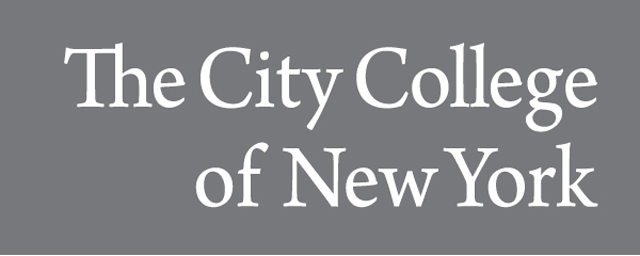
Dissertations and Theses
Date of Award
2024
Document Type
Thesis
Department
Biology
First Advisor
Bao Q. Vuong
Second Advisor
Karen Hubbard
Third Advisor
Shireen Saleque
Keywords
B cell immunology, Class Switch Recombination, ATM, UNG, DNA Repair
Abstract
B cells excise and recombine the immunoglobulin heavy chain gene locus during class switch recombination (CSR). CSR is mediated by activation induced cytidine deaminase (AID) and results in a new immunoglobulin isotype that B cells will secrete and present. AID produces mutations that convert cytosines to uracils within the intronic switch regions that precede and follow the target immunoglobulin isotype coding sequence. To resolve the mutations, B cells conduct either base excision repair (BER) or mismatch repair (MMR). Inactivating genetic mutations in BER or MMR reduce CSR. For example, a knock-out of uracil DNA glycosylase (UNG) causes a 50% reduction in CSR in mice aged 14 weeks or younger in vivo. Interestingly, phosphorylation of AID (p-AID) at serine-38 (S38), which is mediated in part by ataxia-telangiectasia mutated (ATM), facilitates the interaction of AID with apurinic/apyrimidinic endonuclease 1 (APE1), suggesting that ATM may function in BER through p-AID. However, mice possessing a knock-in mutation altering their serine-38 site to an alanine and a Ung-/- genetic mutation show a complete block in CSR in vitro and in vivo, suggesting that the phosphorylation of AID at S38 is instrumental in MMR. We hypothesized that in Atm-/-Ung-/- B cells, there would be a complete loss of CSR in vitro and Atm-/-Ung-/- mice would show a complete loss of CSR due to the complementary roles that ATM and UNG play in MMR and BER, respectively. In this investigation, we witnessed a complete block in class switching in vitro in Atm-/-Ung-/- B cells as predicted; however, we are unable to conclude if this is a result of the complementary roles the two proteins play in MMR and BER or if the loss of UNG masks the switching phenotype of the loss of ATM in the MMR pathway. Rejecting our hypothesis, Atm-/-Ung-/- mice produce levels of IgG1 comparable to Atm-/- mice and IgG3 levels that are negligible, but quantifiable, suggesting that ATM may selectively drive MMR depending on Ig isotype.
Recommended Citation
Haughton, Lyric M., "Atm-/-Ung-/- Mice Present Reduced Levels of Switched Immunoglobulin Isotypes IgG1 and IgG3" (2024). CUNY Academic Works.
https://academicworks.cuny.edu/cc_etds_theses/1175
Included in
Cancer Biology Commons, Cell Biology Commons, Immunity Commons, Other Immunology and Infectious Disease Commons

